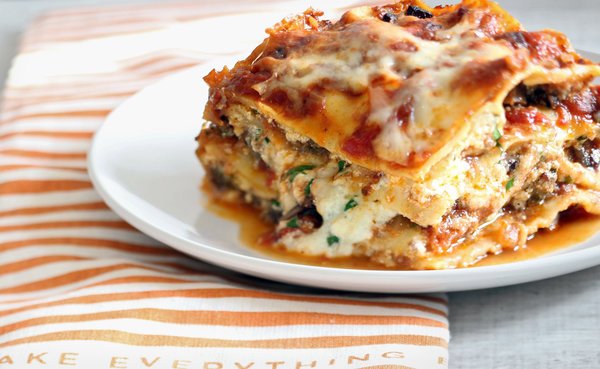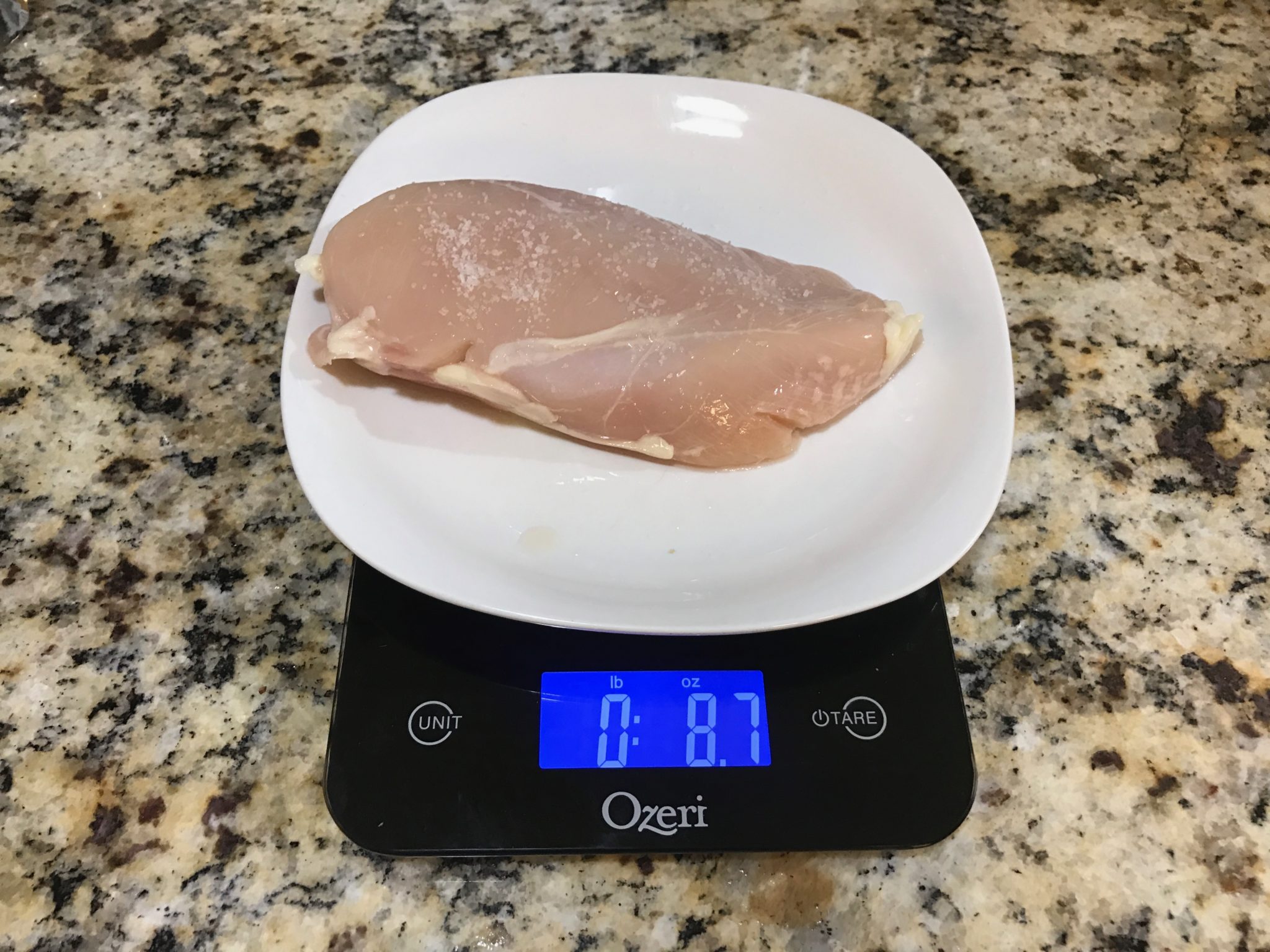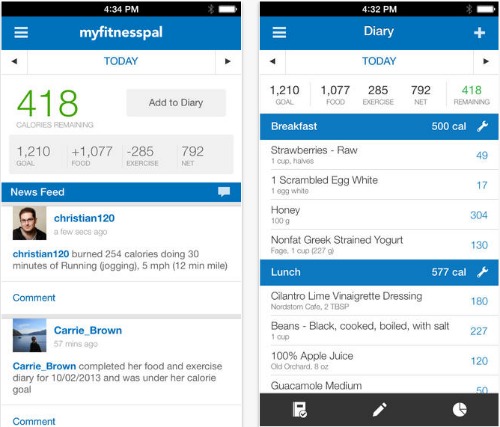How much did you eat yesterday?

Truth is, most people do not really know how much they ate on any given day. Even if you know what you ate, and you know that it was, say one chicken breast salad for lunch and one plate of pasta with sauce for dinner, you really don’t know how much protein, carbs, and fats you ate.
And you certainly don’t know how many total calories you ate.
If you are having a difficult time and your weight is yo-yoing, that can be what is keeping you from reaching your goals
You see, without getting the actual numbers of what you ate, (grams or ounces) you are guessing at best; that’s if you even keep track. I’ve heard overweight people say that they hardly ate on a given day. But I remember seeing them over-eat like crazy one time, so I’m guessing that either they really did eat below their maintenance calories that day, OR they just ate less than the day before but they still OVER-ATE that day.
When someone guesses that they are under-eating, they just might be comparing that day to how they normally eat. Let’s say their body needs 2000 calories a day to stay the same and maintain their current weight. So they eat 2500 calories pretty much every day when they are not keeping track at all. They are gaining weight, fast. Maybe on Wednesday, they were super busy and they only ate two meals which came out to around 2000 calories. Great. But at the end of the week, that one day of eating at maintenance cannot compete with 6 days of over-eating.
Even if on Wednesday he ate below maintenance—say 1900 calories— that one deficit day will not help him lose weight because -100 merely offsets the surplus of +3500 calories for that week. They end up with +3400 SURPLUS calories for the week. Still astronomical numbers that will make anyone gain a lot of weight really fast.
I know that “counting calories” gets a bad rap with people saying it’s “too hard” or outright refusing to put that much effort on fixing their body.
But it’s not a lot of effort at all.

If you cook for yourself, you are already at the kitchen with raw chicken breasts or meat or pasta anyway. Putting a chicken breast on a scale that’s already out on the counter top and jotting down “chicken 189g” on a sheet of paper that’s also already out with a pencil next to it takes me around 6 seconds. I don’t count vegetables like broccoli or spinach or green beans. You don’t need to count those since they are so low in calories and most of it is fibrous carbs which don’t get digested anyway. <- that was a 10in30 “only what you need to know” tip! 🙂
 Then, while I’m eating, I bust out the MyFitnessPal app on my phone and quickly input:
Then, while I’m eating, I bust out the MyFitnessPal app on my phone and quickly input:
“chicken breast 189g
baked potato 200g
butter 1tsp
wheat sandwich bread 2x”.
As far as the inputting, it’s as easy as spreading delicious butter on your delicious wheat bread. The MyFitnessPal app has a barcode scanner that I use to scan the package of bread, pasta, or whatever I can to make it even easier. But even if you don’t have a barcode for everything (like the chicken breasts) you have a favorites tab that lets you easily add a common food or even a common meal, then just change the grams for each.
Logging this takes me a measly 5 minutes tops, even faster if I’m eating the same thing as the day before which if you read our book, we strongly recommend.
The “pro” way of doing this is to make up your meal plan for the week, choosing to eat the same breakfast, lunch and dinner every day. Perfect example of KISS (keep it simple, stupid!)
This way, you are not trying to figure out how much you ate three times a day. You make your daily meal plan for the week once, making sure that all of the macros (protein, carbs, and fats) numbers are met for your specific body just like we show in our book, and then prepare those meals for the week. Or you can prepare those meals for Monday through Wednesday, then cook again on Thursday so you have freshly cooked food again. Just make sure they are the same meals so that you know exactly what you are putting into your body.
And I know that some people argue that counting calories is pointless because even two chicken breasts that weigh the same might still have different amounts of protein. But that’s the closest and most accurate way of knowing how much of each macro you are consuming daily. Eyeballing is far less accurate. Don’t you want to get the most accurate numbers so you know exactly how you’re doing? Especially when I just showed you how effortless it is when factoring in the huge payoff of getting the healthy body and lifestyle you are going for.


